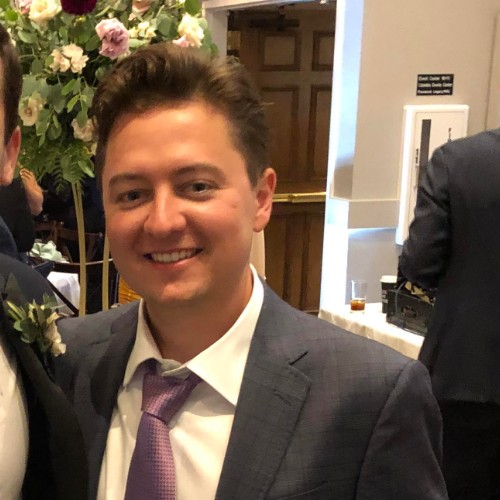Entrepreneur Case Studies
Building a Capital-Efficient Niche SaaS Startup from The Netherlands: Hatch CEO Joris Kroese (Part 1)

Often niche ideas are great to build capital-efficient, profitable startups on.
Sramana Mitra: Let’s start at the very beginning of your journey. Where are you from? Where were you born, raised, and in what kind of background?
Joris Kroese: I was born in a small village close to Amsterdam. I was born in 1977. I studied Information Engineering. After my studies, I started my first venture which was an e-commerce venture selling, mainly, consumer electronics in Benelux and Spain. I did that for about 10 years.
>>>From Developer to Successful Entrepreneur with Exit: ACCELQ CEO Mahendra Alladi (Part 5)
Sramana Mitra: There is a tool that I use when we teach our entrepreneurs about building a sales funnel. We call it pain extraction questions. When you start discussions, you ask questions about a pain. What is your first pain extraction question?
Mahendra Alladi: How often do you get bit by a production bug? How many escalations do you take because of delayed release cycles? The answers are also very common. This is something that is a burning issue. I don’t really have to sell a lot. The problem is easily acknowledged.
>>>Solo Founder to Funded FinTech Startup Scaling Rapidly: Torpago CEO Brent Jackson (Part 3)
Sramana Mitra: Did you need equity financing or were you doing it completely on the basis of that seed round and these lending facilities?
Brent Jackson: In between, we did do another seed round for $2.4 million in equity fund.
Sramana Mitra: This was from a VC?
>>>From Developer to Successful Entrepreneur with Exit: ACCELQ CEO Mahendra Alladi (Part 4)
Sramana Mitra: Do you primarily go after the large enterprises?
Mahendra Alladi: Of late, we focus more on the large enterprises, but it’s a mix.
Sramana Mitra: How long did it take you to a million-dollar ARR?
Mahendra Alladi: Within the first year.
Sramana Mitra: You continue to bootstrap?
>>>Solo Founder to Funded FinTech Startup Scaling Rapidly: Torpago CEO Brent Jackson (Part 2)
Sramana Mitra: Who was doing the software work?
Brent Jackson: We have a team in India. I’m a sole founder. One of the investors at the last company had a lot of ties to consultants in India. We used them to build the first prototype.
Sramana Mitra: What about the earliest customers? Did you go back to the people you were working with?
>>>From Developer to Successful Entrepreneur with Exit: ACCELQ CEO Mahendra Alladi (Part 3)
Sramana Mitra: What was the MVP that you came up with? You had worked in that domain and created a vision for what would be the product that you wanted to go out with. You say it’s accidental, but a lot of developers transitioning to entrepreneurs encounter problems in their work life and go on to solve that problem. It is a common path.
By the time you were in the second one, you had a very deep view having worked with thousands of customers. Out of all that you observed, what was the minimum that you could start getting into the market with?
>>>Solo Founder to Funded FinTech Startup Scaling Rapidly: Torpago CEO Brent Jackson (Part 1)

Brent was a solo founder starting up a Fintech company. Read on how he put one foot before the other to navigate his journey.
Sramana Mitra: Let’s start at the very beginning of your journey. Where are you from? Where were you born, raised, and in what kind of background?
>>>From Developer to Successful Entrepreneur with Exit: ACCELQ CEO Mahendra Alladi (Part 2)
Sramana Mitra: What year did you start?
Mahendra Alladi: From 2006 to 2007, we were doing services. With HP, there was also a bit of a services element. I was really representing HP to their customers. There, I had a much bigger exposure. That opened up my understanding of this domain.
Sramana Mitra: How did you get into HP?
>>>